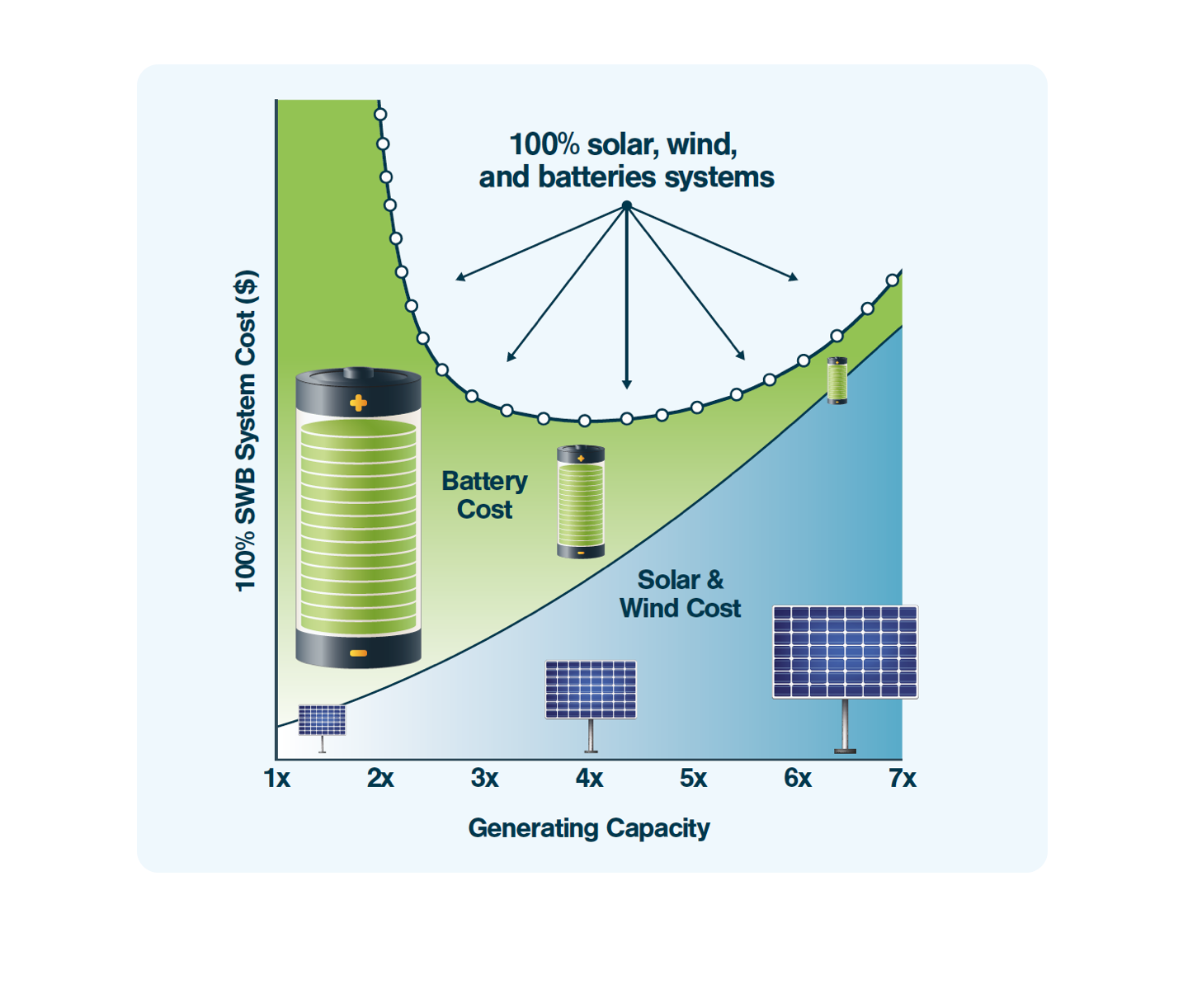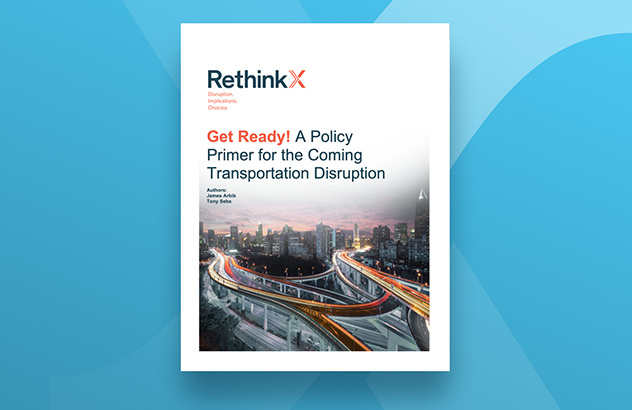Our Science
RethinkX Predictions

RethinkX has been consistently accurate in predicting the speed and scale of technological disruption
Our team has predicted the dramatic nonlinear cost improvements and market growth of technologies across the energy, transportation and food sectors.
Our research shows these sectors are each currently experiencing a technology disruption that will render their incumbent industries obsolete within 15 years–much faster than most conventional analyses have projected.

How do we make our predictions?
The Seba Technology Disruption Framework
This Framework takes a systems approach to analyze the market forces triggered by technology convergence, business model innovation, product innovation, and exponential improvements in both cost and capabilities.
It captures the complex processes that drive a pattern of rapid, nonlinear change.
Mainstream analysts produce linear forecasts that do not account for the complex, adaptive systems of our society.
As a result, they have underestimated improvements in the cost and capabilities of technologies, the speed of their adoption and the decline of existing technologies, and the broader implications of disruption.

We were right!
RethinkX Predictions
In 2014, Tony Seba wrote, “My initial projections in 2010 point to the industry reaching $100/kWh by 2028; now it looks like it will happen even sooner."
In November 2023, the volume-weighted worldwide average lithium-ion pack price hit $139/kWh. Recent announcements from Chinese battery maker CATL and car maker BYD state that that number will be slashed in half in 2024.

In our co-founder Tony Seba’s 2014 book Clean Disruption, he published an estimate of the future cost of a 200-mile range electric vehicle.
We have taken the stated range and manufacturer’s suggested retail price (MSRP), adjusted for inflation, for every make and model of fully battery-powered EV in the US since 2010 from fueleconomy.gov, a site run by the US Department of Energy.
We adjusted the cost of the EV to a 200-mile equivalent range. So if a vehicle has a range of 400 miles and costs $50,000 (in 2014 dollars), then its equivalent cost is $25,000.
This graph shows the 200-mile equivalent cost of every make and model of fully battery-powered EV in the US since 2010. The lowest-cost vehicle in every year is marked with a tomato-colored dot. Tony’s original prediction estimate from 2014 is shown as a solid blue line.

We have estimated inflation for the year 2024, but for 2023, the last year for which we have officially published inflation values, the lowest-cost EV on the market was the Chevrolet Bolt EV, which had an inflation-adjusted 200-mile-equivalent price of $15,741.
In 2019 we published the seminal Rethinking Food and Agriculture, where we coined the term “Precision Fermentation” and made the business and social case for PF as the biggest disruptive force in the food industry.
As a result of the financial precariousness of the industrial animal agriculture industry, once PF proteins reaches cost parity, a relatively small amount of production will cause the whole industry to collapse.
Just a few short years out from our seminal report, precision fermentation has become the standard term for the technology industry wide. References to precision fermentation can be found in hundreds of peer-reviewed scientific papers, and in the descriptions of production companies, new startups, investment firms, university courses and job specifications - all of which are working accelerating the disruption and working towards a future food system centred around precision fermentation.

Clean Energy U-Curve
To understand most of these predictions you need to understand the concept of the Clean Energy U-Curve.
















.png?width=732&name=Untitled%20design%20(13).png)




.png?width=732&name=Website%20imagery%20-%20Featured%20Image%201200x628%20(3).png)